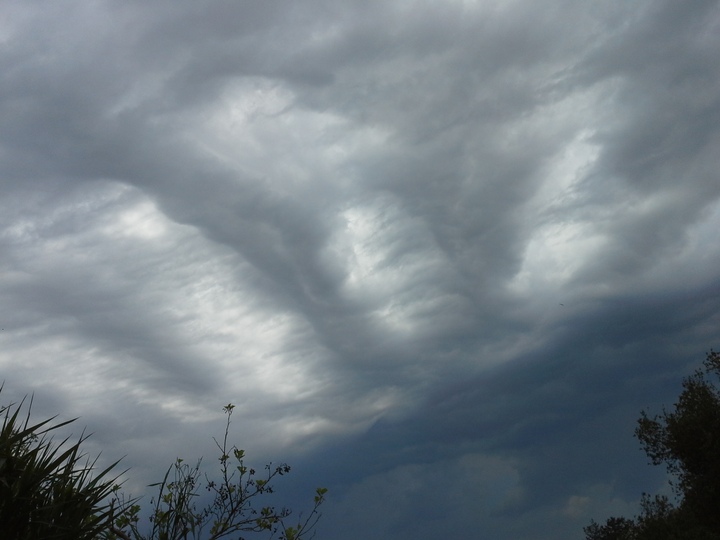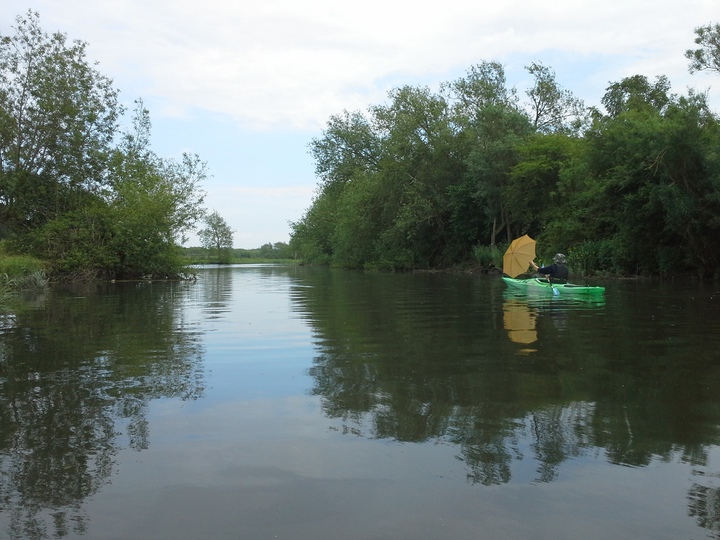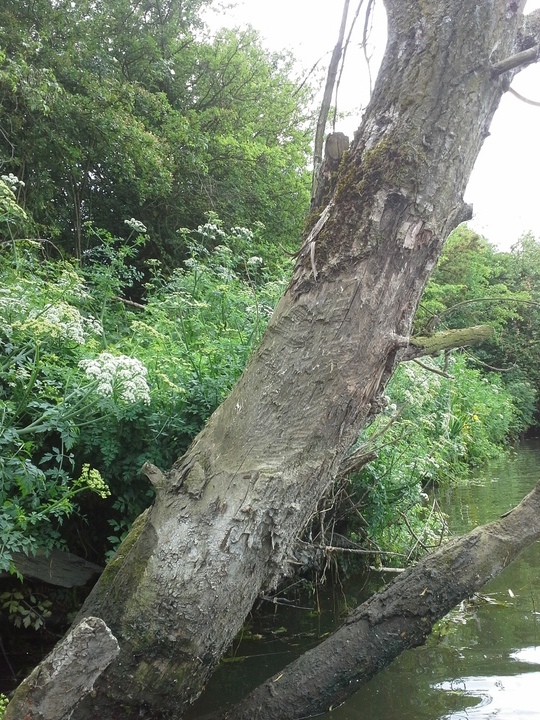My friend Lyn invited me to join her for a paddle on the Kentish Stour. “I don’t own a Boat” I said. “Not a problem” she said.
Lyn picked me up in a car with a pair of Kayaks on the roof, and we headed to Grove Ferry. Departure was delayed by half an hour as we waited for a cloud burst to end. But with the cloud cleared, we put in and headed up stream. I have done some Kayaking and Canoing over the years, but consider myself very much a novice. I was feeling a bit unstable as we paddled up the river.
The flow was firmly against us as we went up stream, compounded by a head wind. “Don’t worry, it’ll be easier to come back” Said Lyn as we passed under the Grove Ferry bridge.
The further we went up stream, the darker the sky grew bringing with it rather beautiful clouds.

With darkening skies came the first rumbles of thunder. Rolling low across the land from the distance. We continued to paddle up stream
The skies lit up with giant forks of lightning crashing down on both sides of the river. I briefly pondered what material my paddle was made from, before concluding the trees were taller so I shouldn’t worry too much.
We weren’t far from our planned lunch stop when the rain began. Starting as just a few large drops it rapidly became a full on downpour. Fortunately it was a warm rain, I was wearing clothes that should dry pretty quickly, so we continued through the storm. It didn’t take long until I was soaked through the skin.
A couple of minutes before we reached our planned lunch spot the rain sputtered to a halt and the sun came out.
We came in to the planned landing site, and I ran the kayak up onto the bank. Mostly grounded, I pulled myself up into a squat, then turned round to get the water bottle out of the rear deck hatch, closed the hatch.
“You’re doing well there, I wouldn’t stand up like that”.
All I had to do was turn round to face the front, and get out…
*SPLASH*
My luck ran out as I sat back into the river. The water was surprisingly warm, and I was soaked from the rain anyway. Ah well, I’m in the river now. I pulled the boats round to push them up the bank so Lyn could get out. Lunchtime.
We ate lunch in the sunshine, drying out as much as we could.
Time to head back down stream. By now we were heading against the flow giving us the curious combination of paddling up stream against the flow, and downstream against the flow.
Lyn pulled out an umbrella and used that as a sail. Much to my amusement…

Umbrella sailing a kayak…
I tried the umbrella sailing, and managed to just go backwards, then round in circles, and eventually into the winds. I gave up and went back to the paddle.
One thing that caught my eye as we headed downstream was a tree with curious teeth marks. It looked very similar to the tooth marks I’d seen from a Beaver in the Ardennes.

Beaver teeth marks on a tree
The rest of the paddle was pretty uneventful, beyond the ever present opposing current. We returned to Grove Ferry, where I managed to get out without falling out this time.
A successful trip. As we packed the kayaks back on the roofrack plans formed for an over night kayak trip…

